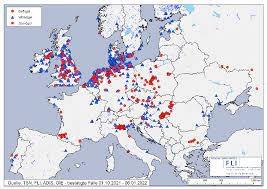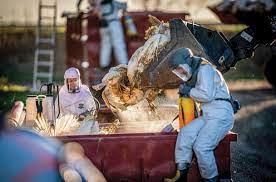 EGG-NEWS is indebted to Dr. Nati Elkin Editor of Poultry Med for an update on HPAI statistics for the Europe covering 2021-2022.
EGG-NEWS is indebted to Dr. Nati Elkin Editor of Poultry Med for an update on HPAI statistics for the Europe covering 2021-2022.
Dr. Elkin reports:
- 2,398 outbreaks in the among commercial poultry
- Depopulation of 46 million birds
- 2,733 isolations from wild birds in 36 nations
- 1,182 HPAI detection reported in 28 nations between March 16th and June 10th 2022, involving 750 cases in commercial poultry and 410 in free-living birds
- Preliminary epidemiologic investigations suggest that 86 percent of poultry outbreaks were attributed to lateral dissemination of virus among farms.
- Among nations recording HPAI, 68 percent of the outbreaks were in France, 24 percent in Hungary with approximately 2 percent for each of other nations.
- Detections in free-living birds were reported by Germany with 158 cases, the Netherlands, 98 and the U.K. 48
The pattern of isolation from free-living birds in 2022 indicates that the virus has become endemic in wild bird populations presenting an ongoing risk for commercial poultry.
A further complication is that clade 2.3.4.4b represented by H5N1 has been detected in wild terrestrial mammals in the U.S., Canada and Japan and seals in the U.S. Evidence of adaptation suggests that mammals might become reservoir hosts for infection.

The eradication policies conducted by veterinary regulators in most industrialized nations are based on the outdated presumption that HPAI represents an exotic disease requiring rapid diagnosis and depopulation of flocks followed by disposal and decontamination to achieve eradication. The transition from an exotic to a seasonally endemic situation with annual reintroduction of virus by migratory waterfowl predicates a different approach to control, since semi-annual attempts at eradication is no longer a valid strategy.
Expenditure on compensation for depopulated flocks, logistics and costs to consumers at almost annual intervals will motivate changes in the approach to HPAI with vaccination as a potential control measure.